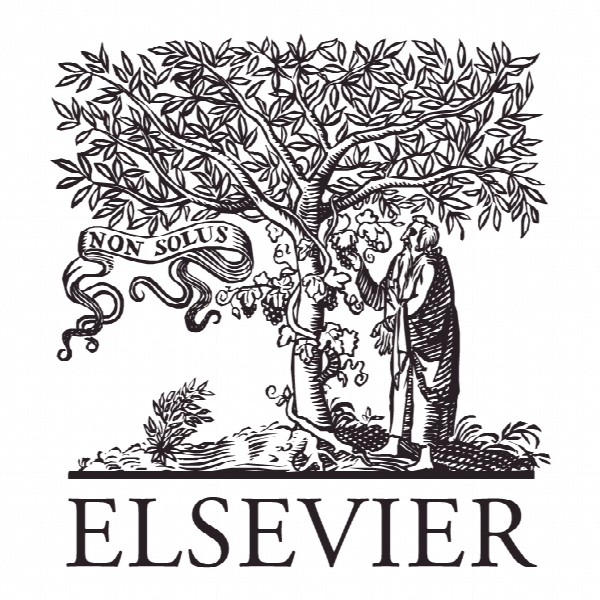نوآوری و استاندارد سازی: تاثیر طراحی غالب بر عملکرد نوآورانه، نوآوری رادیکال و نوآوری در فرآیند Innovation and de facto standardization: The influence of dominant design on innovative performance, radical innovation, and process innovation
- نوع فایل : کتاب
- زبان : انگلیسی
- ناشر : Elsevier
- چاپ و سال / کشور: 2017
توضیحات
رشته های مرتبط مدیریت و مهندسی صنایع
گرایش های مرتبط تکنولوژی صنعتی
مجله تکنولوژی – Technovation
دانشگاه مؤسسه Mads Clausen، جنوبی دانمارک
نشریه نشریه الزویر
گرایش های مرتبط تکنولوژی صنعتی
مجله تکنولوژی – Technovation
دانشگاه مؤسسه Mads Clausen، جنوبی دانمارک
نشریه نشریه الزویر
Description
1. Introduction and background In the process of rapid technological change, superior technology plays an important role in the stimulation of product innovation and process innovation (Utterback and Abernathy, 1975; Tushman and Anderson, 1986). Surprisingly, many examples show that the development of a superior technology does not automatically lead to the establishment of a new standard (Viardot, 2005), e.g. as the evolution of standards can also be triggered by non-technological reasons (Arthur, 1990). The establishment of a new standard can be a major lever to reach dominant market share and survive on markets with rapid technological change (Suárez and Utterback, 1995). As an industry passes through the product life cycle, product variety tends to be reduced and the technology becomes standardized. Companies participate in a technology race, in which they want to dominate the choice of standards and consequently increase market share (Damsgaard and Lyytinen, 1998). A dominant design exists if the market accepts a particular product’s design as the standard for the whole industry or product category (Abernathy and Utterback, 1978; Utterback, 1994). A dominant design is the turning point for an industry, e.g. the 1908 Ford model T became the dominant design in the automotive industry in the early 20th century (Fujimoto, 2014). To better understand this phenomenon, this article investigates how the existence of a dominant design affects subsequent innovation in an industry. With the institutionalized standardization of dominant design, i.e., by industrial norms, there is large potential for policy makers to control innovation activities (Blind, 2013). However, only recently policy initiatives have occurred, e.g. the Lead Market Initiative (LMI) including a communication titled “Towards an increased contribution from standardization to innovation in Europe” (European Commission, 2008), which focuses on standardization as a crucial innovation policy instrument (Choi et al., 2011; Blind, 2013). The final report of the LMI centers on strategic actions for developing more consistent standardization to encourage the diffusion of innovative practices (European Commission, 2011). Utterback and Abernathy (1975) and Murmann and Frenken (2006) have conceptualized standardization on the product level. They state that a dominant design exists in an industry when a majority of innovations are based on the same technological design (Murmann and Frenken, 2006). In the race to strive for bestin-field innovations, companies need to consider not only their wn innovations, but also the best and most recent innovations and dominant designs which are publically available in their technological field (Narula, 2004). Although the interrelation of standards, standardization, or dominant designs and innovation seems to be a major contributor to a firm’s competitiveness, the influence of standardization on innovation has been investigated to a limited extent only (e.g. Farrell and Saloner, 1985; Galvin and Rice, 2008; Blind, 2013; Blind and Mangelsdorf, 2013). Blind (2013) recently studied this relationship in a comprehensive discussion on the influence of standards and standardization for the whole innovation process. From his perspective, the influence of standardization on innovation has been largely under researched because of two reasons: primarily, due to the traditional perspective that standards will always negatively influence innovation, and additionally, due to the fact that policy initiatives therefore did not consider standards as an instrument to foster innovation activities and as a consequence did not foment research on the topic. Publications on the investigation of this relationship are continually increasing, but only a few have strived to extend empirical research on the relationship between standardization and innovation (e.g. Swann, 2000, , 2010). Nevertheless, research profiling 528 papers retrieved from the database ISI Web of Science shows that the research topic is generating growing interest with yearly publications on standards and innovation which nearly tripled between 1995 and 2000 and more than doubled between 2000 and 2008 (Choi et al., 2011).


